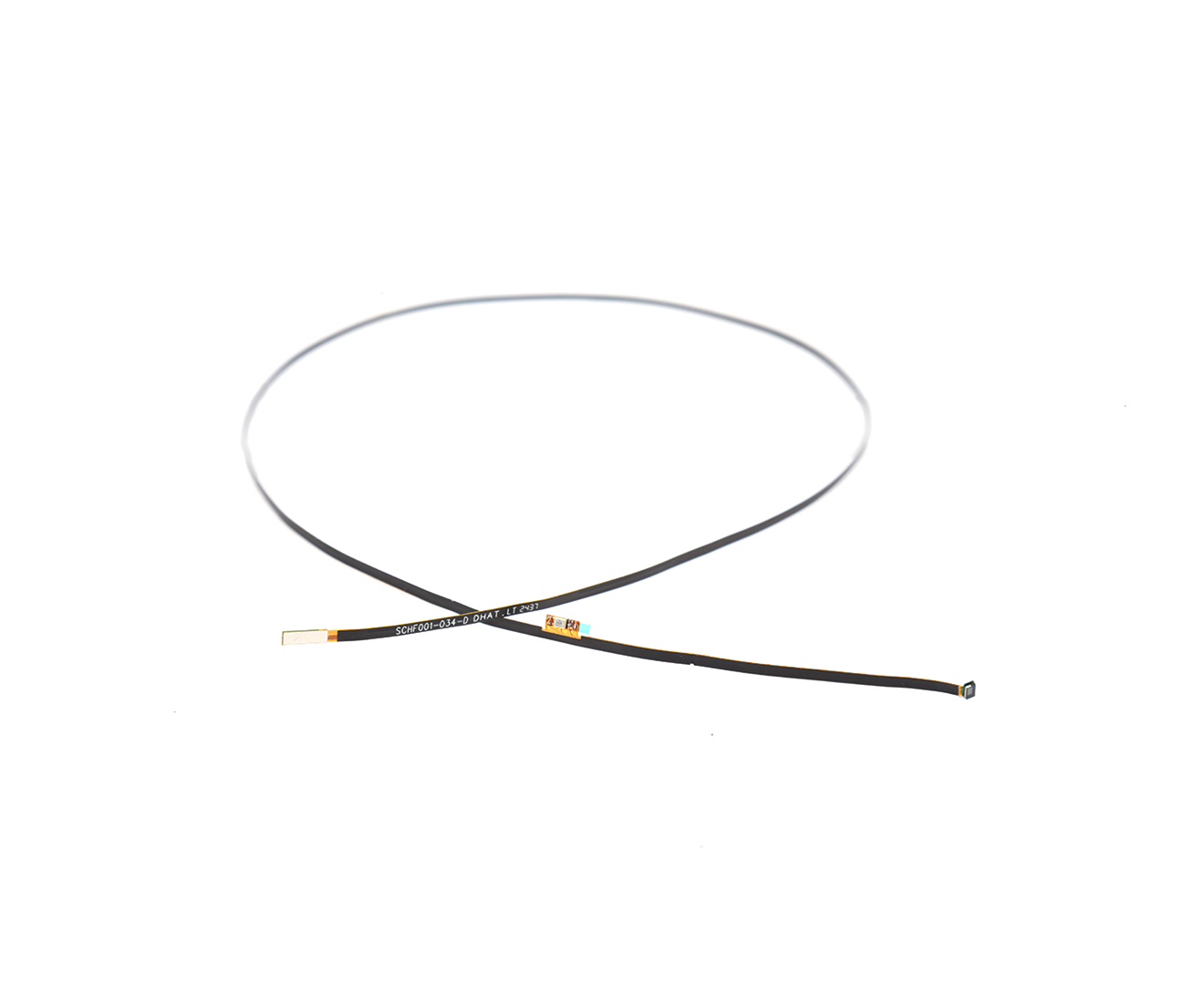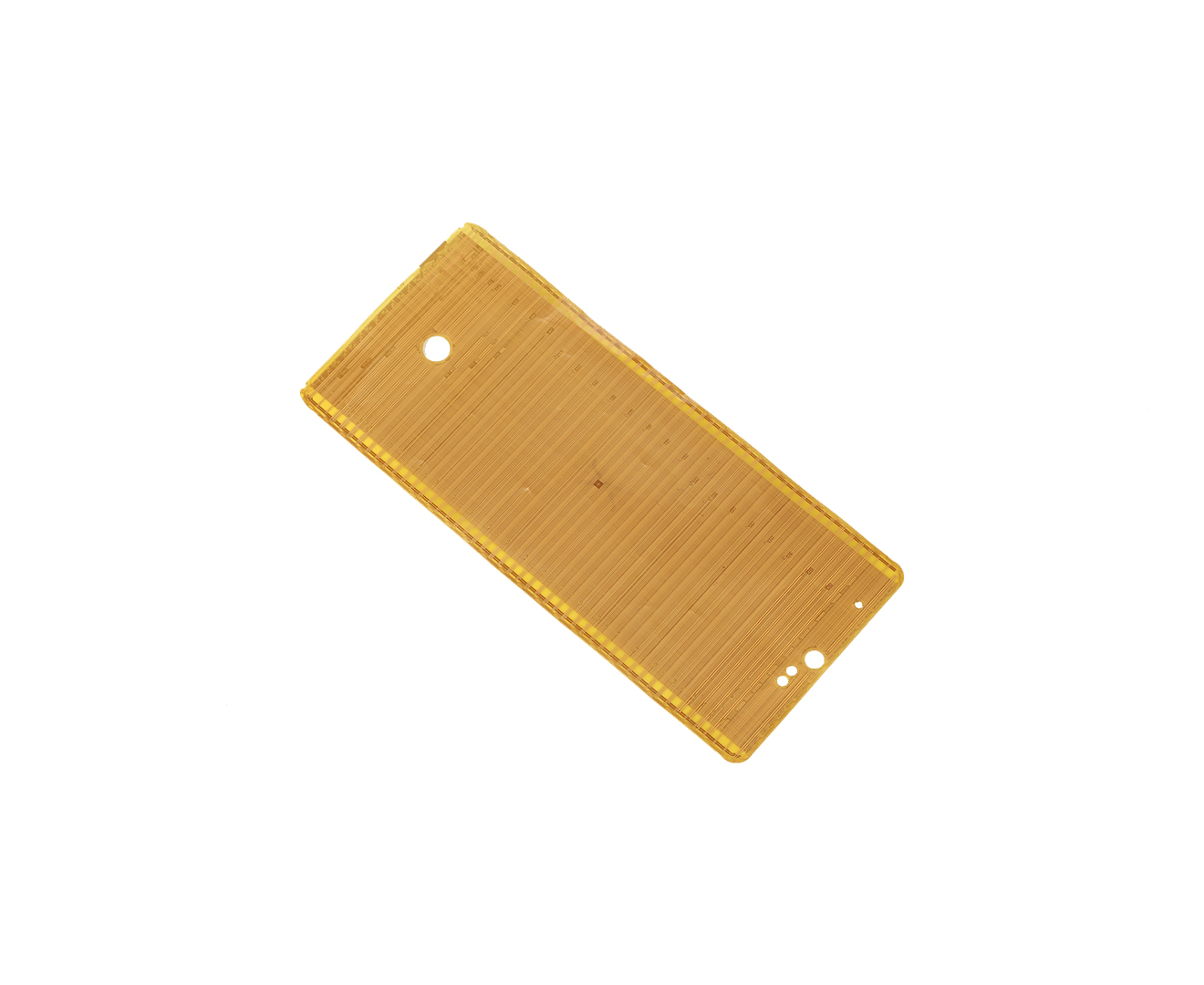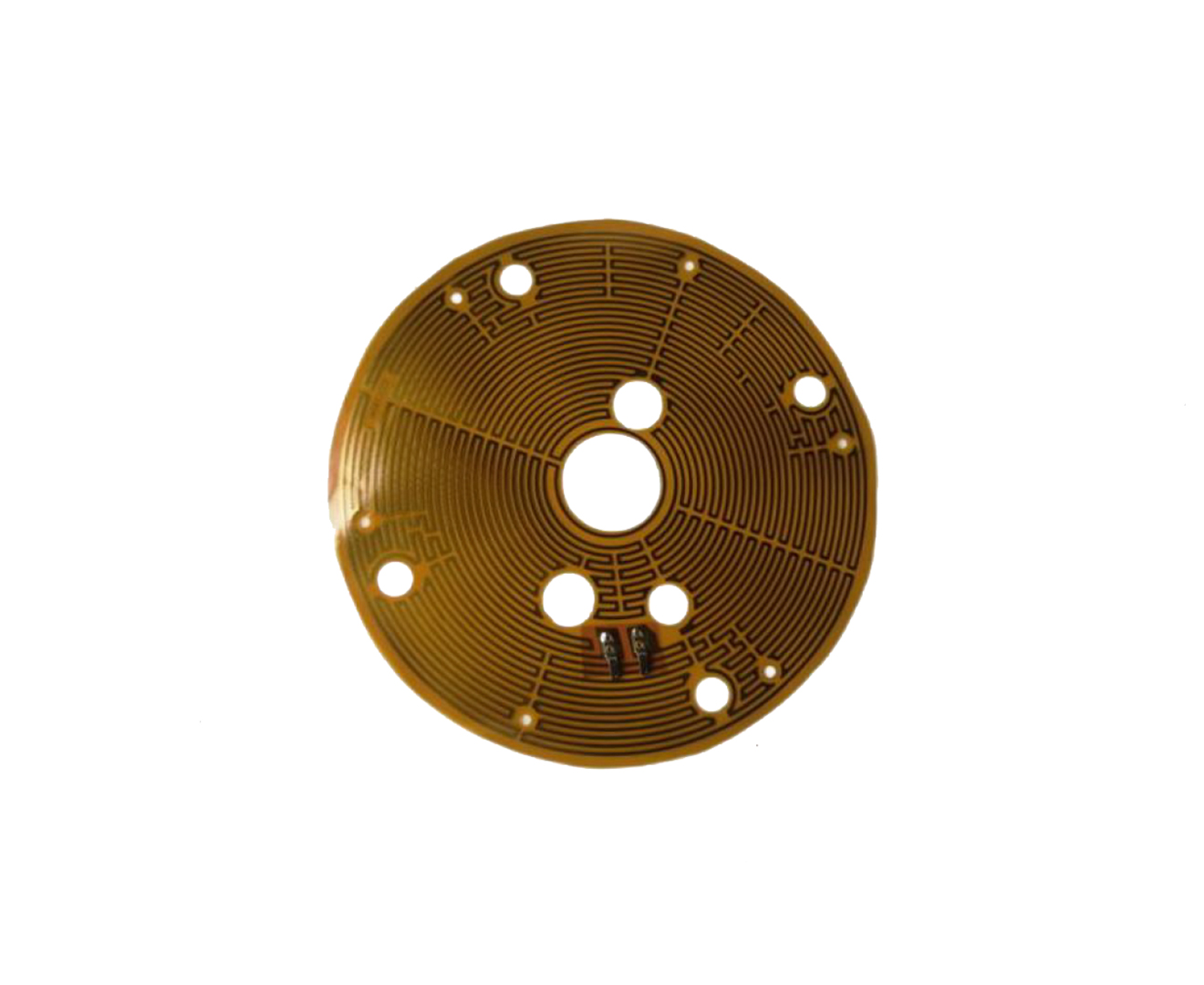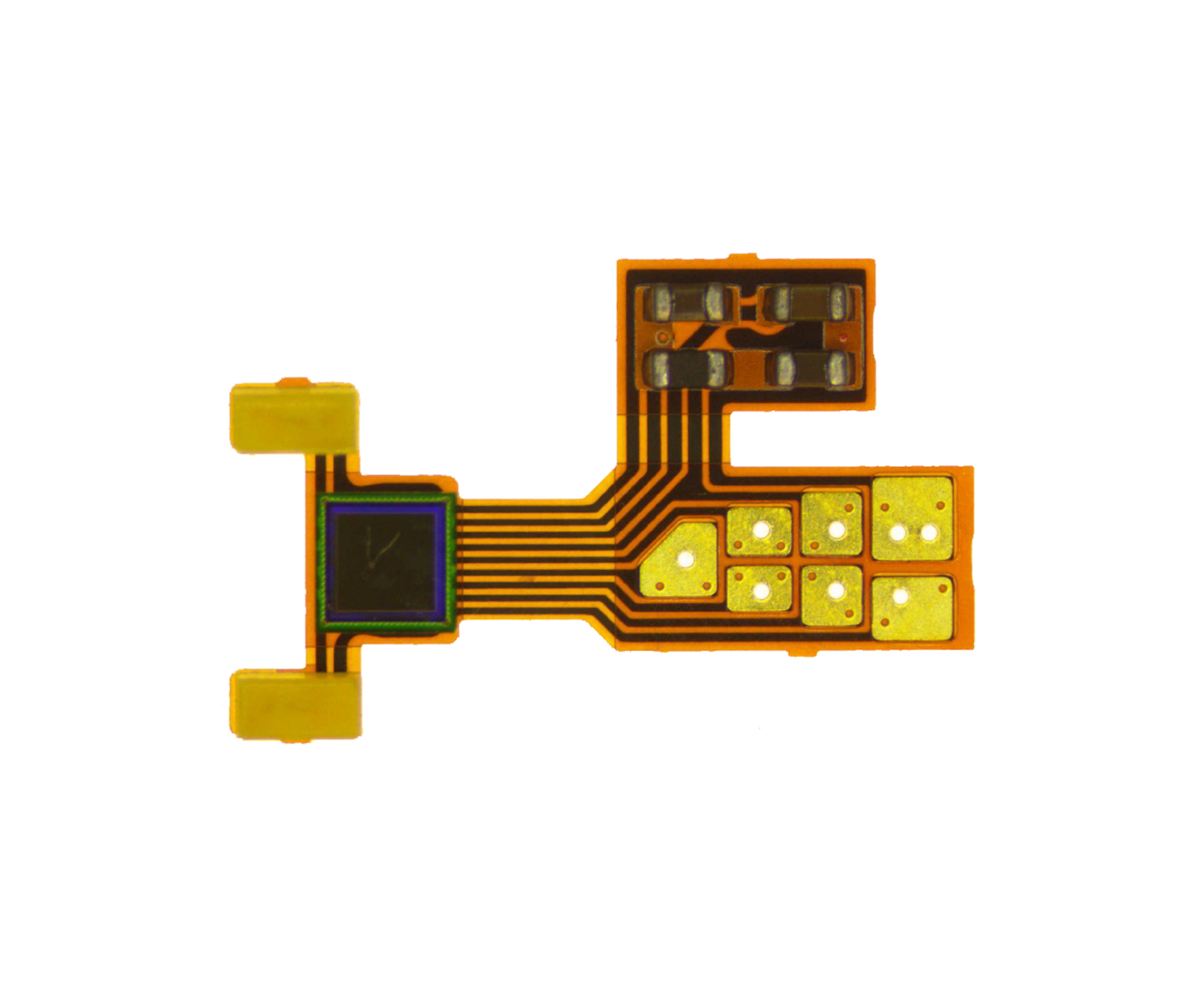
• Multi-layer circuits, micro circuits and high-density connections;
• High wiring density, bendable, high safety and high reliability;
• Lightweight, with good anti-interference performance, capable of stable data and signal transmission;
• Strong durability and anti-aging performance;
• Meet the needs of medical products for high-precision and high-reliability electrical connections;
• Help intelligent production automation;




With the rise of global gold prices, all walks of life will face the impact of gold price fluctuations. As one of the industries involving the use of metal materials, the immersion gold plating process, as one of its processes, has also been greatly affected by the fluctuation of gold prices. This article will briefly analyze the impact of rising gold prices on the PCB manufacturing industry and the immersion gold plating process.
First, facing the pressure of rising costs. As one of the mainstream processes in the PCB manufacturing industry, the immersion gold plating process consumes a large amount of gold materials. With the rise of global gold prices in recent years, the rise in gold prices has inevitably caused companies to face the pressure of rising prices when purchasing gold raw materials, and further led to an increase in production costs. As cost pressure gradually increases, companies may need to adjust product prices and increase customer procurement costs. In this case, in order to cope with the pressure of rising gold prices, the PCB manufacturing industry will have to make corresponding strategic adjustments in raw material procurement and product pricing.
Secondly, it affects the competitive landscape of the industry. For companies in the industry, the rise in gold prices may mean that changes must be made in cost control and technological innovation. In terms of cost control, enterprises can reduce costs by purchasing high-quality and low-priced raw materials and improving production efficiency; in terms of technological innovation, new processes that save more gold materials can be developed to reduce dependence on gold. In addition, it is possible that some companies cannot adapt to the pressure brought by the rise in gold prices and therefore withdraw from the market, thus affecting the competition pattern of the entire industry.
In addition, promote green and environmentally friendly sustainable development. The price fluctuations of metal materials will become the focus of attention of all walks of life at present and in the future. In order to cope with the pressure brought by the rise in gold prices and give full play to the social responsibility of enterprises, the PCB manufacturing industry will pay more attention to green and environmentally friendly sustainable development. Enterprises need to continuously optimize resource allocation, reduce energy consumption, reduce environmental pollution, and strive to achieve sustainable development goals in the use of raw materials, production processes, product recycling and other links.
With the development of science and technology, electronic products are increasingly penetrating into our lives. From portable devices to household appliances, PCB (printed circuit board) is playing a very critical role. In order to better control costs, it is necessary not only to understand the manufacturing process of PCB, but also to have a certain understanding of the entire industry. This article will introduce you how to choose a suitable PCB manufacturer to reduce PCB costs by popularizing industry knowledge.
First of all, when choosing a PCB manufacturer, its production capacity and technical level should be evaluated. A PCB manufacturer with high-level manufacturing technology and professional technical team can provide better product quality and avoid additional costs caused by production process and quality problems.
Secondly, for customers who purchase in large quantities, bargaining power in many aspects such as delivery time, price, and after-sales service is very helpful in reducing costs. Therefore, when evaluating PCB manufacturers, pay attention to the performance of these aspects.
In addition, try to choose a PCB manufacturer with a certain scale and industry qualifications. Such manufacturers usually have strong stability and can provide competitive prices while ensuring product quality.
During the design process, the PCB cost can also be reduced by the following methods:
1. Optimize design: By improving circuit design, reducing the number of components and material usage, the manufacturing cost can be effectively reduced. At the same time, the discard rate is reduced, and the cost of rework and scrapping is reduced.
2. Choose the right substrate: There are many substrates for PCBs, and the cost of different materials varies greatly. Therefore, when designing, the performance, price and other factors of various materials should be evaluated, and reasonable selection should be made so that the product can meet the performance requirements at a lower cost.
3. Multilayer board design: The use of multilayer board design can make the circuit layout more compact, thereby reducing the size of the PCB, reducing the weight, and improving the circuit performance.
With the rapid development of science and technology, PCB circuit board technology, as one of the core technologies of the electronics industry, is facing unprecedented innovation challenges. In order to meet market demand and respond to technological changes, PCB circuit board technology needs to be continuously innovated and improved.
First of all, miniaturization and integration are important development directions of PCB circuit board technology. With the continuous miniaturization and thinness of electronic products, PCB circuit boards also need to continuously reduce their size and improve their integration. This requires the use of leading manufacturing processes and materials to meet higher performance and smaller size requirements.
Secondly, high-speed data transmission and signal integrity are another challenge facing PCB circuit board technology. As the operating speed of electronic devices continues to increase, PCB circuit boards need to support higher data transmission rates and more stable signal transmission. This requires optimizing circuit layout and material selection to reduce signal attenuation and interference.
In addition, environmental protection and sustainable development are also important aspects that PCB circuit board technology needs to pay attention to. With the improvement of global environmental awareness, the manufacturing process of PCB circuit boards needs to adopt more environmentally friendly materials and processes to reduce the impact on the environment. At the same time, the recycling and reuse of waste PCB circuit boards also need to be paid attention to in order to achieve the recycling of resources.
In order to meet these challenges, the innovation of PCB circuit board technology is accelerating. The continuous emergence of new materials, new processes and new technologies has provided more possibilities for the development of PCB circuit board technology. At the same time, cooperation and exchanges within the industry are also constantly strengthening to promote the continuous progress of PCB circuit board technology.
In short, innovation and challenges coexist in PCB circuit board technology. Through continuous innovation and improvement, PCB circuit board technology will inject new vitality and impetus into the development of the electronics industry and promote the electronics industry towards a better future.
With the continuous advancement of science and technology and the rapid development of the electronics industry, the PCB manufacturing industry occupies an important position in the global market. Despite this, scratches and poor appearance have always been a problem for the PCB manufacturing industry. These problems directly affect the use effect and appearance of the products. To this end, companies in the industry have taken a series of measures to solve these problems. This article will analyze the causes of scratches and poor appearance in PCB factories one by one and explore how to improve this trend.
First of all, the main reason for scratches and poor appearance is the negligence of operators in the production process and the lax implementation of standards. For example, drilling, cutting, film pasting and other links may cause damage to the board surface if you are not careful. In order to improve product quality, PCB factories should strengthen technical training to ensure that operators are proficient in production processes. In addition, strengthening quality inspection and process monitoring is also a key means to avoid scratches and poor appearance. For batch production, companies should also set up special sorting links to check the finished products in multiple ways.
Secondly, the occurrence of scratches and poor appearance is closely related to hardware problems such as equipment aging and insufficient equipment precision. Therefore, increasing investment in equipment research and development and updating and improving the degree of automation are necessary measures to improve this phenomenon. Modern PCB manufacturing equipment such as high-precision cutting equipment and automatic laminating machines can reduce errors in human operation, thereby avoiding scratches and poor appearance. In addition, sufficient attention should be paid to equipment maintenance and upkeep. Only by ensuring the long-term stable operation of the equipment can the stability of product quality be ensured.
In addition, strengthening cooperation with upstream and downstream enterprises to ensure the stable supply of raw material quality is also an aspect that cannot be ignored. There is no doubt that good raw materials are the basis of high-quality products. Manufacturers in the PCB industry should dig deep into the supply chain, select material suppliers with high authentic rates and establish long-term and stable cooperative relationships. Only on the basis of stable quality of upstream raw materials can the entire industrial chain maintain healthy development.
Finally, strengthening cooperation and exchanges between industries is also very important for improving scratches and poor appearance. Through communication between industries and enterprises, academic seminars, sharing of successful cases and technical exchanges, problems can be solved in a targeted manner, which is beneficial to improving the technical level and industrial optimization of the entire industry.
With the advancement and development of science and technology, tin-sprayed PCB is increasingly being used in the production of electronic products. Tin-sprayed board is a widely used process technology that can achieve conductive protection on the surface of the circuit board and improve welding performance. Choosing a professional PCB factory to make tin-sprayed board is a crucial link. This article will introduce you to the product characteristics and precautions of tin-sprayed PCB to help you better understand and apply tin-sprayed board.
Tin-sprayed PCB has the following product characteristics:
1. Good solderability: Tin-sprayed board has a tin layer on the surface, which can improve and enhance the melting and adsorption of tin by the pad, thereby improving welding quality and efficiency.
2. Conductive protection: The tin layer of the tin-sprayed board provides a certain degree of conductive protection for the circuit board, reducing the probability of failure of the circuit board during use.
3. Corrosion resistance: Tin-sprayed board has good corrosion resistance, can resist the erosion of many components on the circuit board, and extend the service life.
When purchasing tin-sprayed PCB, you need to pay attention to the following matters:
1. Choose a professional PCB factory: When purchasing tin-sprayed boards, be sure to choose a PCB factory with rich experience and good reputation to ensure that the purchased tin-sprayed boards are of good quality.
2. Ensure the thickness and uniformity of the tin-sprayed layer: The thickness and uniformity of the tin-sprayed layer affect the service life of the circuit board. The thickness and uniformity of the tin-sprayed layer of the product should be carefully tested before purchase.
3. Check whether the production process of the tin-sprayed board meets the requirements: Pay close attention to the various control factors and parameters in the production process of the tin-sprayed board to ensure that the tin-sprayed board has high quality.
4. Understand the precautions for the storage and transportation of the tin-sprayed board: The tin-sprayed board needs to strictly comply with the requirements during storage and transportation to avoid the decline of product quality due to environmental changes.
In the field of electronic manufacturing, single-sided and double-sided boards are two common types of electronic substrates, which have obvious differences in structure and function. For many electronic products, choosing the right type of substrate is crucial.
First, let's take a look at the basic structure of single-sided and double-sided boards. Single-sided boards are covered with conductive lines on only one side, which is suitable for relatively simple circuit layouts. Double-sided boards are covered with conductive lines on both sides, which can achieve more complex circuit connections and higher integration.
In terms of function, single-sided boards are usually used for simpler electronic devices, such as power adapters, switch panels, etc. They have the advantages of low cost and easy manufacturing, and perform well in some specific applications. However, due to the relatively limited circuit layout of single-sided boards, they may have certain limitations in handling complex circuits and high-speed data transmission.
In contrast, double-sided boards are more suitable for electronic devices that require higher integration and more complex circuit layouts, such as computers, communication equipment, medical equipment, etc. The double-sided conductive lines of double-sided boards can provide more connection options and higher performance, enabling electronic devices to achieve faster data transmission and higher levels of functionality.
When choosing between single-sided or double-sided boards, electronics manufacturers need to consider factors such as product functional requirements, cost budgets, and production cycles. For simple applications, single-sided boards may be a more suitable choice because they have lower costs and shorter manufacturing cycles. For complex applications, double-sided boards can provide higher performance and more connection options to meet higher demands.
In summary, single-sided boards and double-sided boards each have their own unique advantages and applicable scenarios in electronics manufacturing. As a leader in the industry, with its excellent technical strength and market experience, it can provide customers with high-quality single-sided and double-sided products to meet the needs of different customers. In the future, with the continuous upgrading and innovation of electronic products, we have reason to believe that we will continue to make greater achievements in this field.